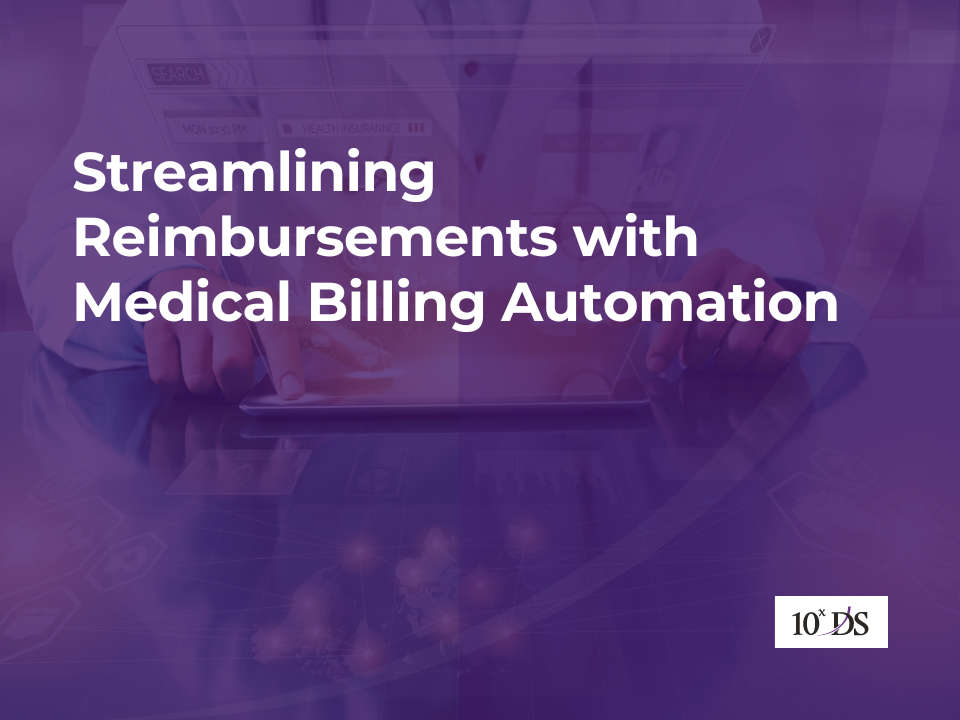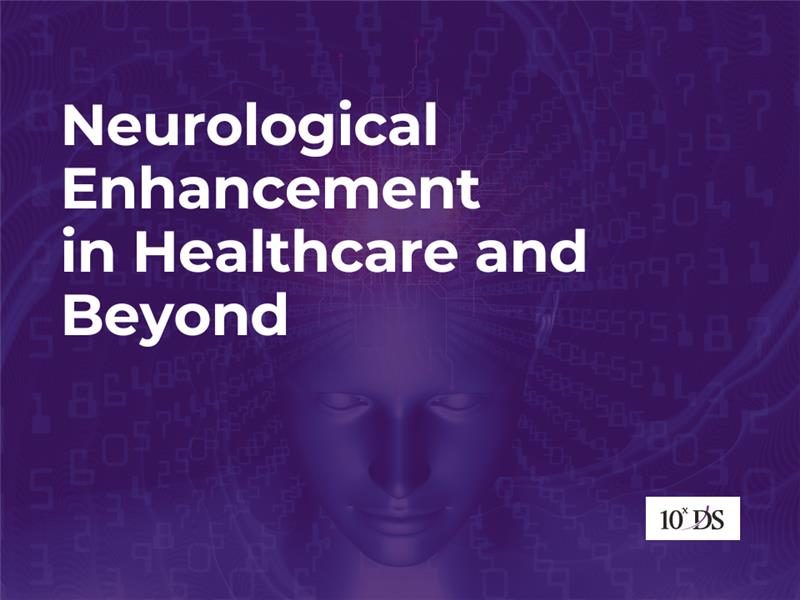
Streamlining Reimbursements with Medical Billing Automation
In the fast-evolving healthcare industry, the efficiency of administrative processes can significantly impact both patient care and the financial health of medical institutions. One critical area ripe for improvement is medical billing. Traditional manual billing processes are often cumbersome, error-prone, and slow, leading to delays in reimbursements and increased administrative burdens. Enter medical billing automation—a game-changer that promises to deliver faster reimbursements and streamline the entire billing cycle.
The Challenges of Manual Medical Billing
Manual medical billing involves a series of complex steps, from coding patient information and submitting claims to insurers to following up on unpaid claims and managing denials. This process is not only time-consuming but also prone to human error. Common issues include incorrect coding, missing information, and data entry mistakes, all of which can result in claim denials or delays. Additionally, the sheer volume of paperwork can overwhelm administrative staff, leading to burnout and further inefficiencies. These challenges highlight the urgent need for a more streamlined, accurate, and efficient approach.
Benefits of Medical Billing Automation
Speed and Efficiency:
Automated systems can process large volumes of claims quickly and accurately, reducing the time it takes from patient discharge to reimbursement. This speed translates to faster cash flow for healthcare providers, allowing them to focus more on patient care rather than administrative hassles.
Reduced Errors:
By minimizing human intervention, automation significantly reduces the likelihood of errors in coding and data entry. Advanced algorithms and machine learning can detect and correct anomalies before claims are submitted, ensuring a higher rate of successful claim approvals.
Improved Compliance:
Medical billing automation systems are constantly updated to comply with the latest regulations and coding standards, ensuring that claims meet all necessary legal and procedural requirements. This reduces the risk of non-compliance and associated penalties, providing peace of mind for healthcare administrators.
Cost Savings:
Automation reduces the need for extensive administrative staff dedicated to billing tasks. The savings on labor costs can be substantial, allowing healthcare providers to allocate resources more effectively and invest in other critical areas of the organization.
Enhanced Patient Experience:
Faster and more accurate billing processes improve the overall patient experience. Patients receive clear, accurate bills and benefit from quicker resolution of insurance claims, reducing their stress and confusion. This leads to higher patient satisfaction and loyalty.
Data Analytics and Reporting:
Automated billing systems offer robust data analytics capabilities, providing insights into billing patterns, claim denials, and financial performance. This data can inform decision-making and help healthcare providers optimize their revenue cycle management, ultimately improving financial health and operational efficiency.
Implementing Medical Billing Automation
Transitioning to an automated medical billing system involves several key steps:
Assessment and Planning:
Conducting a thorough assessment of current billing processes to identify pain points and inefficiencies is crucial. Once these areas are pinpointed, developing a detailed implementation plan those outlines goals, timelines, and responsibilities becomes the next step. Involving key stakeholders early on ensures that the plan addresses all critical areas and garners the necessary support for successful execution.
Choosing the Right Solution:
Selecting a medical billing automation solution that meets the specific needs of your healthcare organization is essential considering factors such as scalability, integration capabilities with existing systems, and vendor support. Evaluating multiple vendors and seeking demonstrations can help in making an informed decision. The activities that staff performs on the application, RPA and AI can be brought into for making it an end-to-end transformation.
Training and Change Management:
Ensuring that staff are adequately trained on the new system and understand its benefits is crucial. Effective change management strategies can help ease the transition and foster acceptance among employees. Ongoing support and training sessions need to be planned to address any concerns and enhance user proficiency.
Data Migration:
Safely and securely migrating existing billing data to the new system is crucial for maintaining continuity and accuracy in billing processes. Ensuring data integrity during migration can prevent disruptions and maintain the reliability of the billing system.
Continuous Improvement:
Regularly review and optimize the automated system to address any emerging issues and leverage new features or updates. Continuous improvement ensures that the system evolves alongside the healthcare organization’s needs. Regular feedback from users can also drive enhancements and ensure the system remains effective and user-friendly.
Conclusion
Medical billing automation is a transformative solution that addresses the inefficiencies and challenges of traditional billing processes. By leveraging advanced technologies, healthcare providers can achieve faster reimbursements, reduce errors, and improve overall operational efficiency. As the healthcare industry continues to evolve, embracing automation in medical billing is not just an option but a necessity for staying competitive and delivering high-quality patient care. The benefits extend beyond financial gains, fostering a more responsive and patient-centric healthcare environment.
Talk to our experts to know more.


